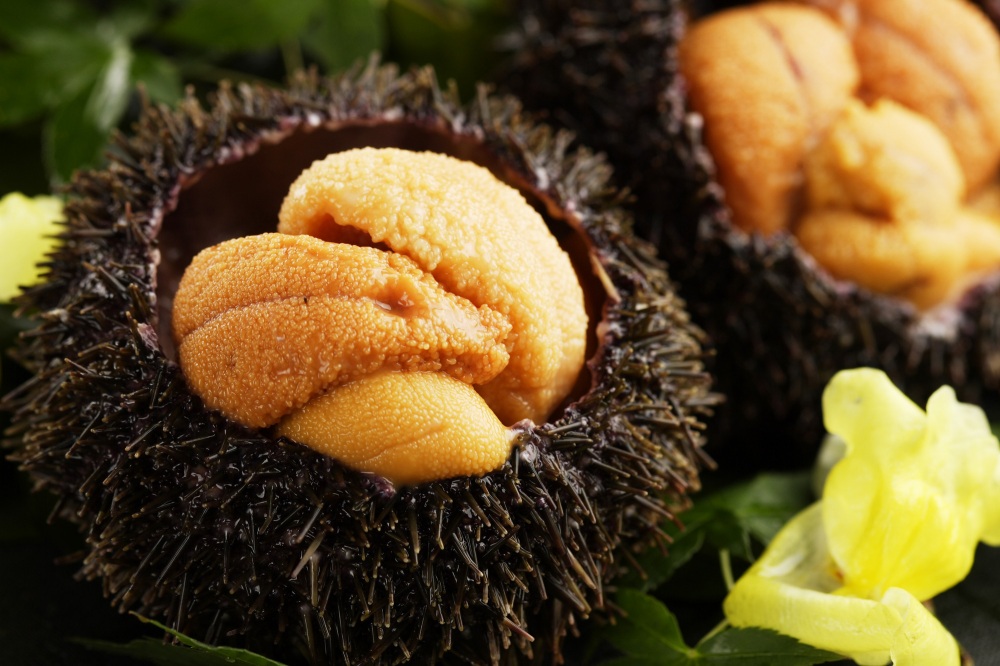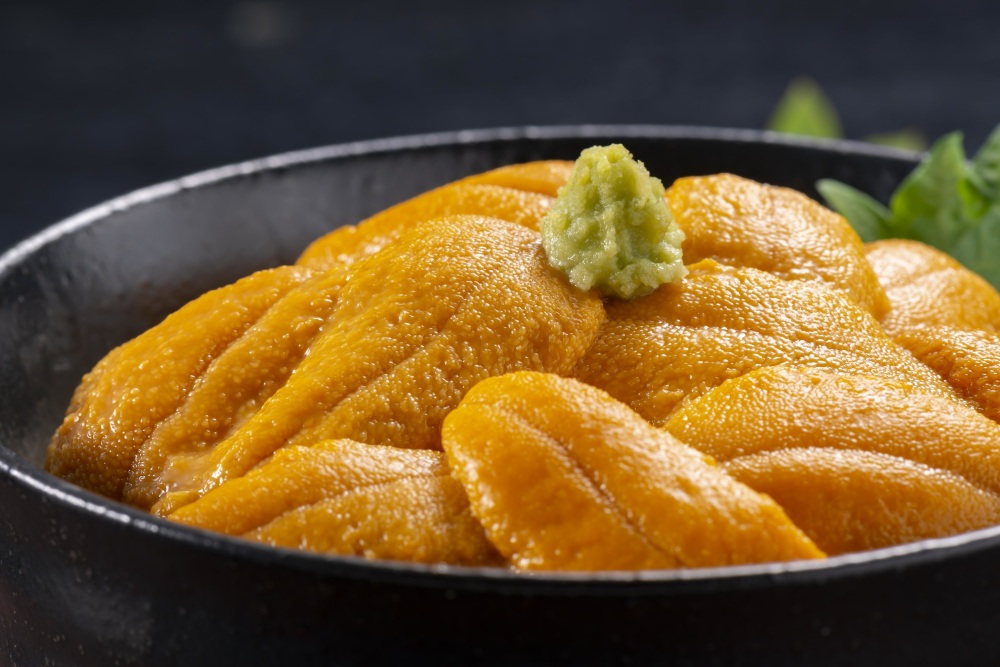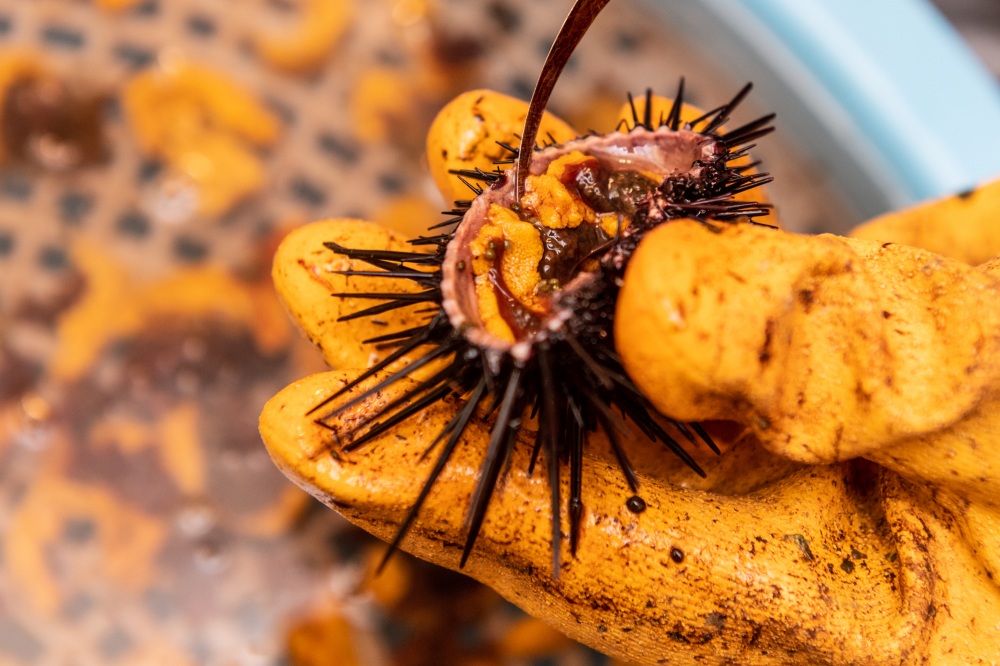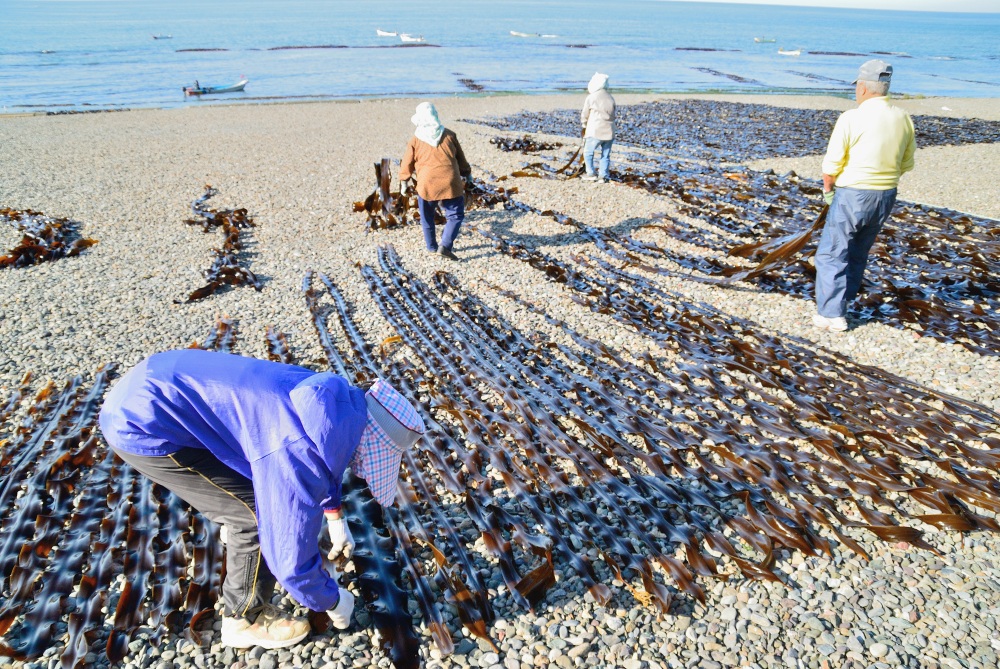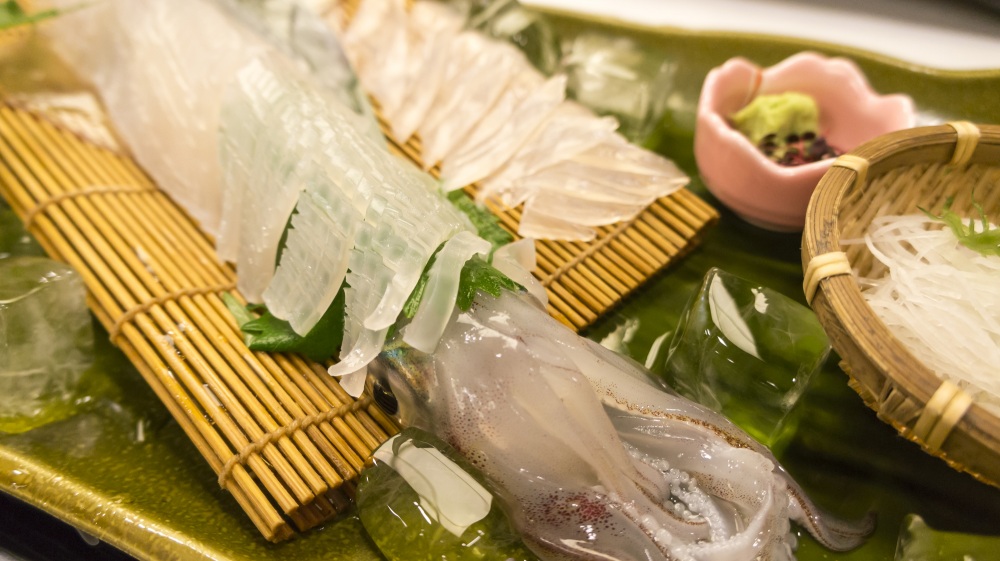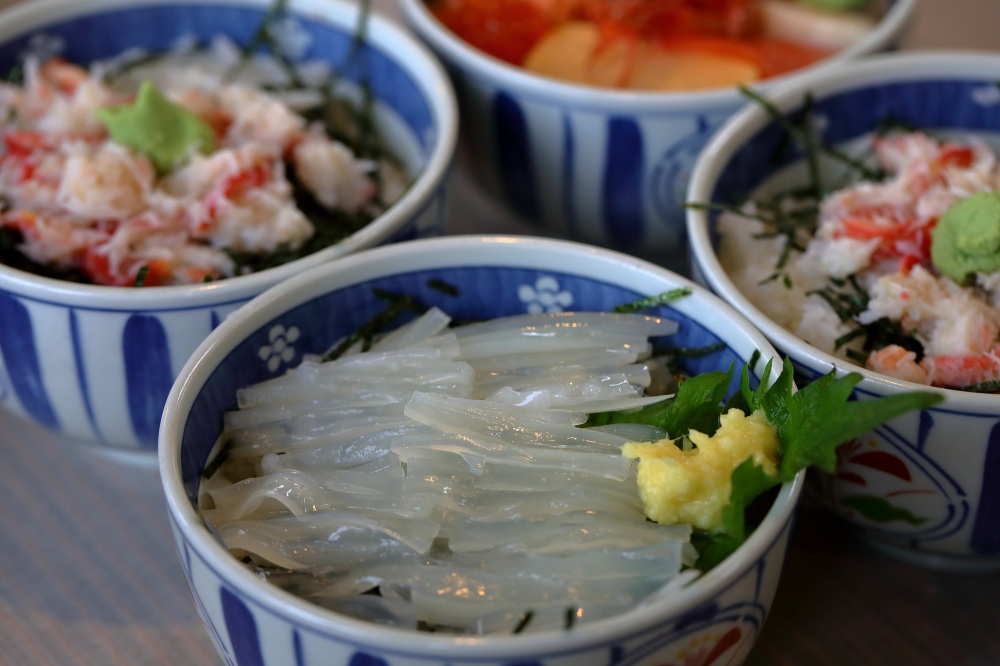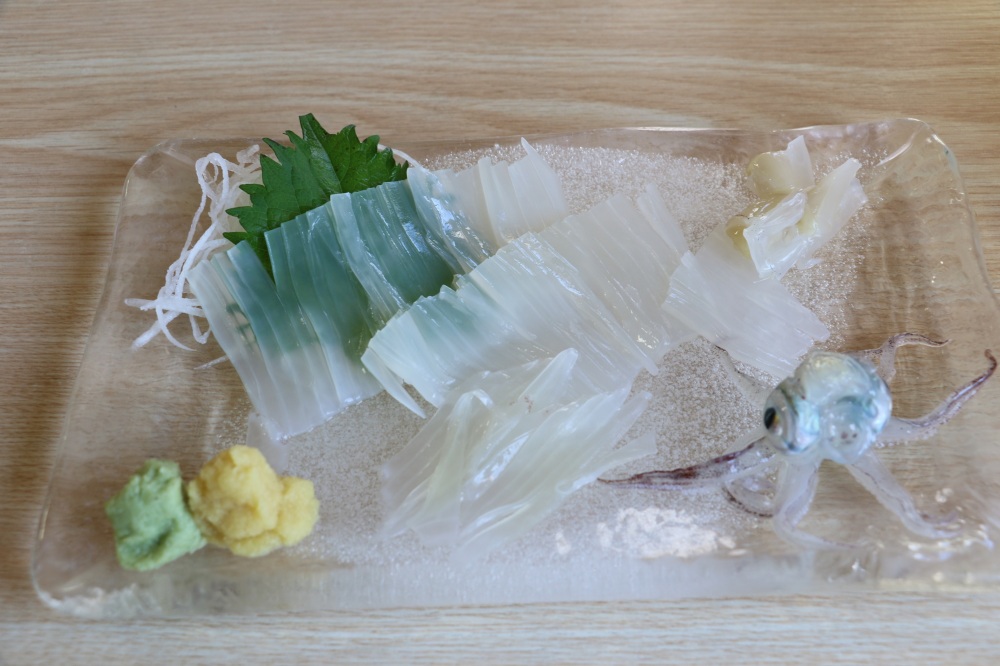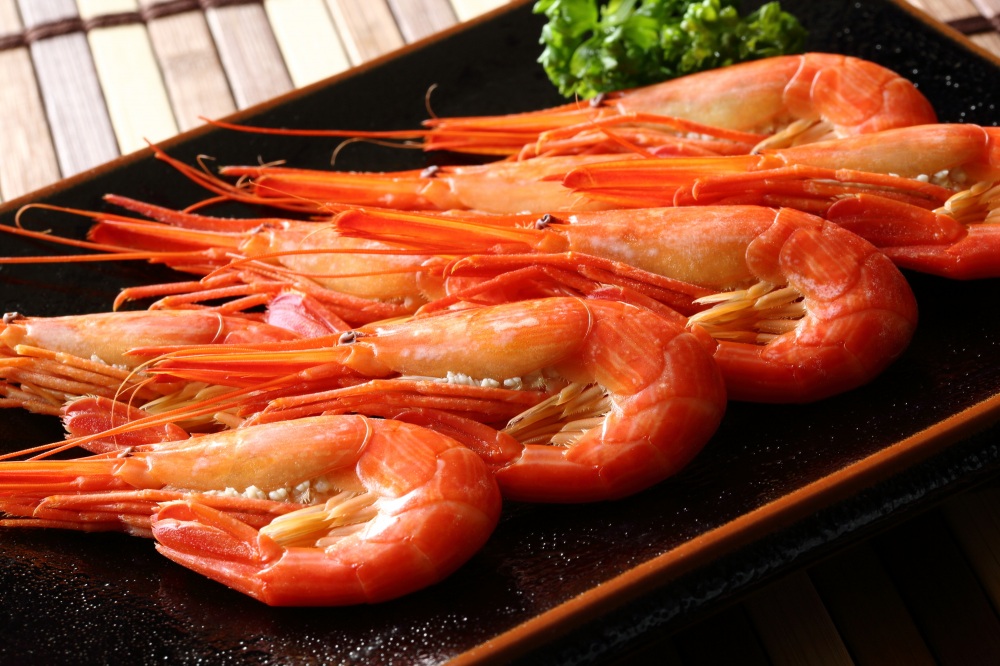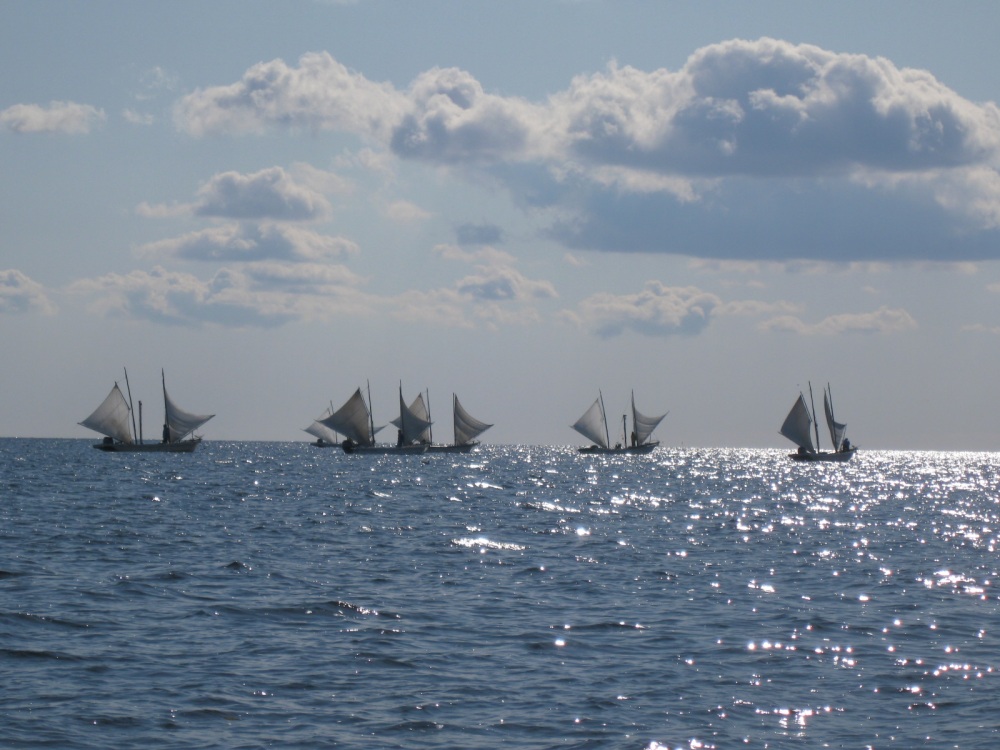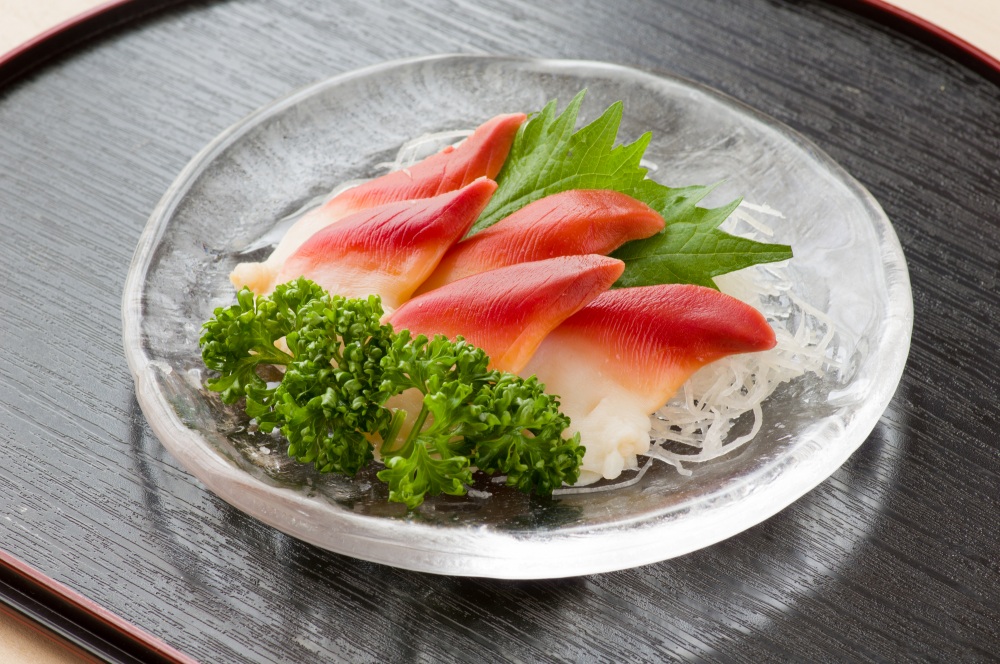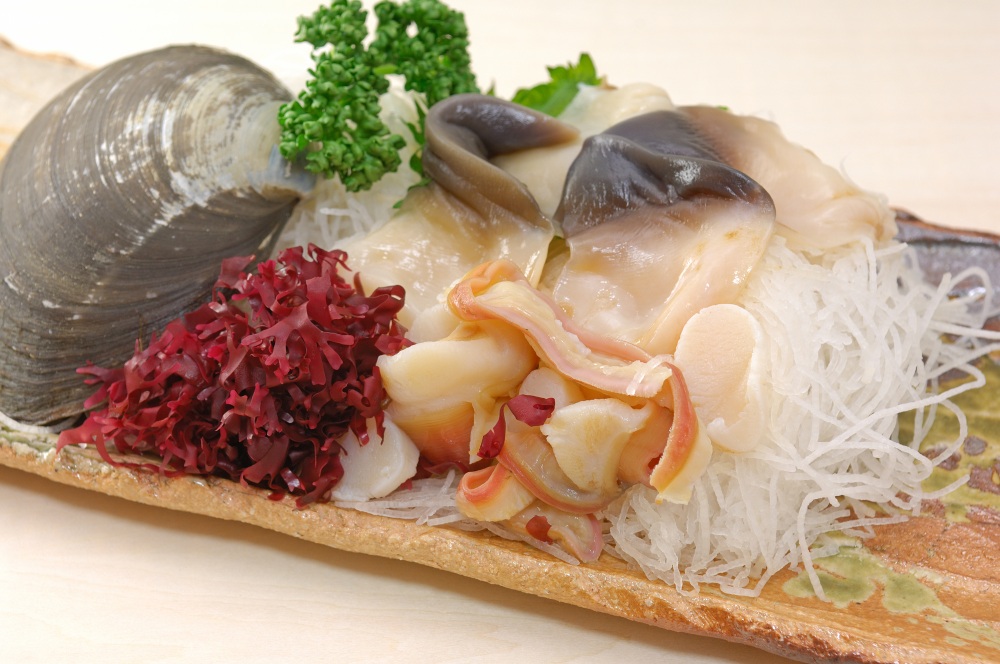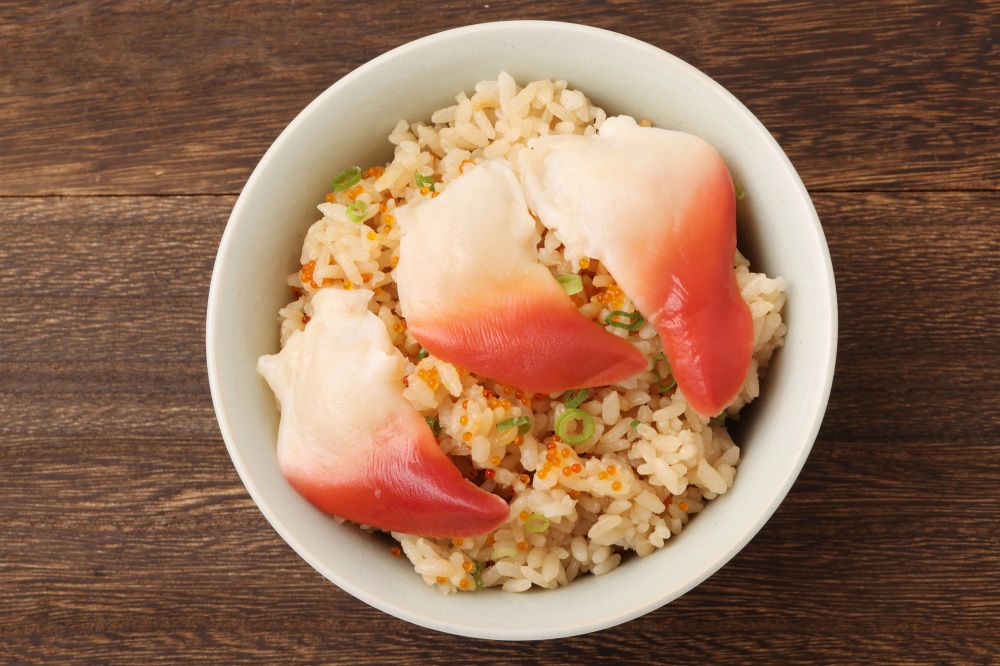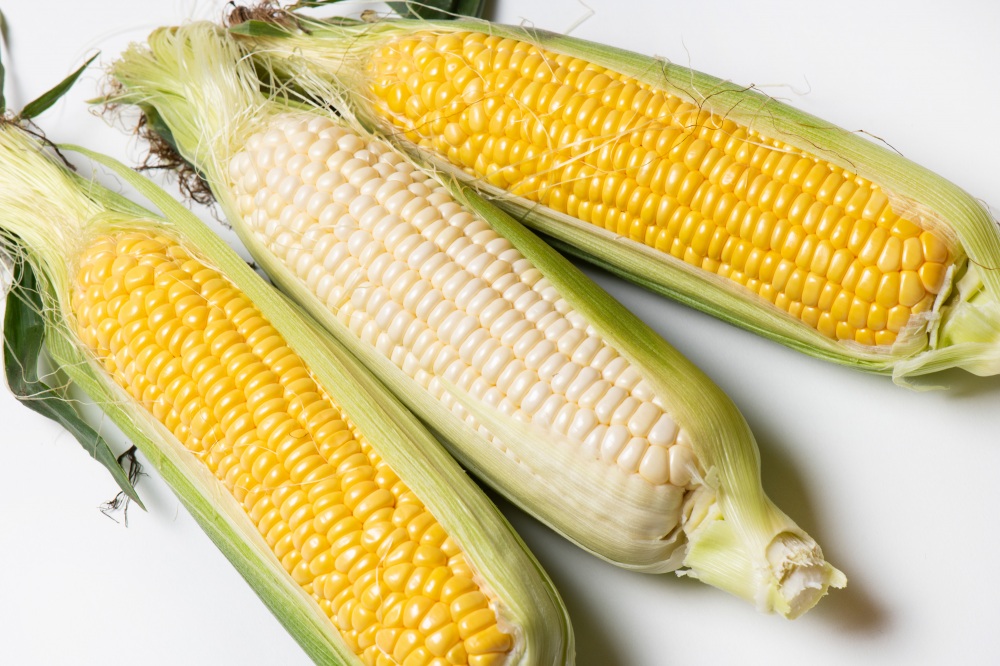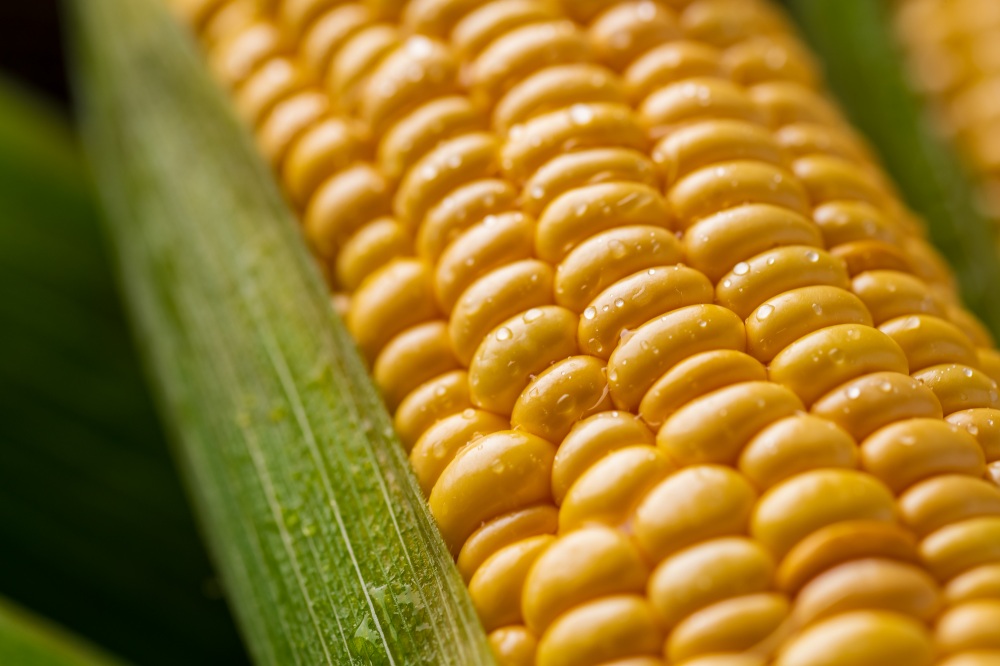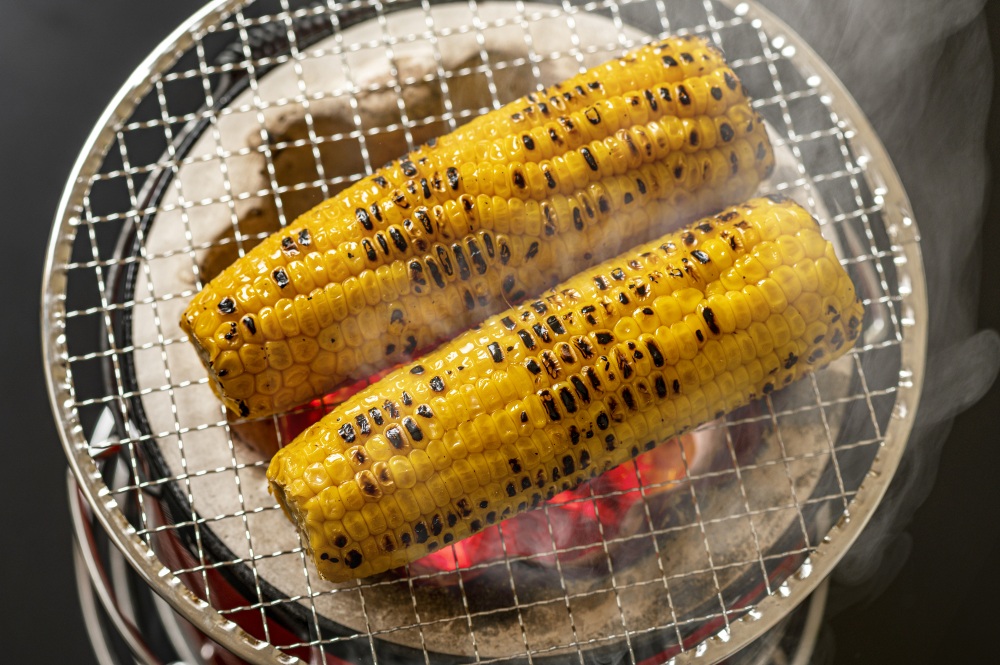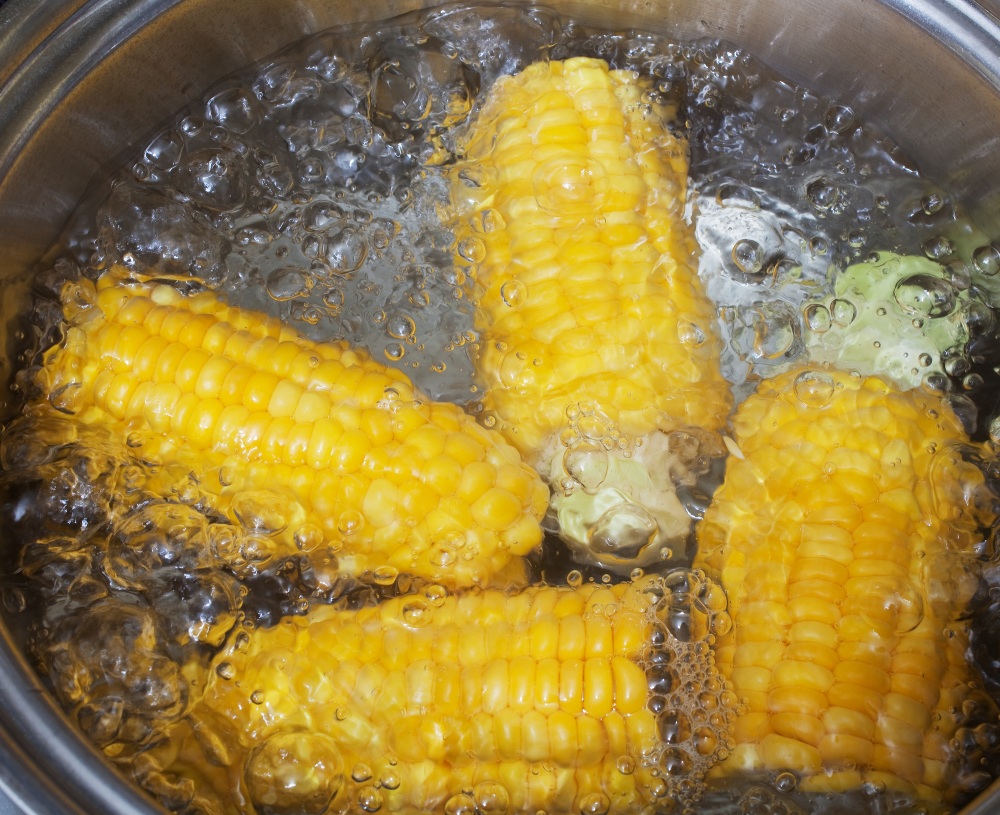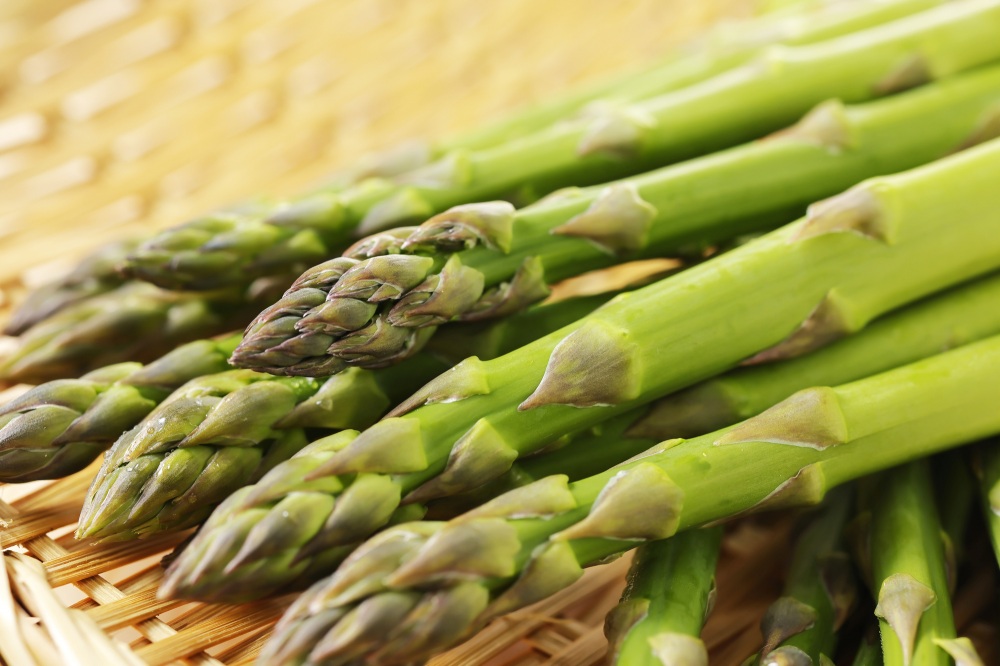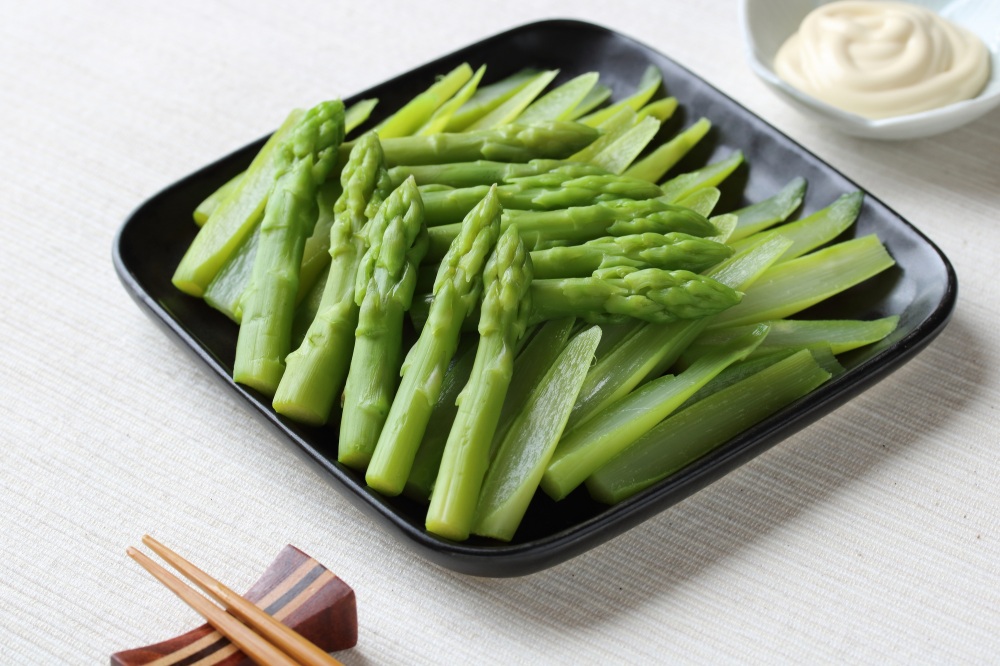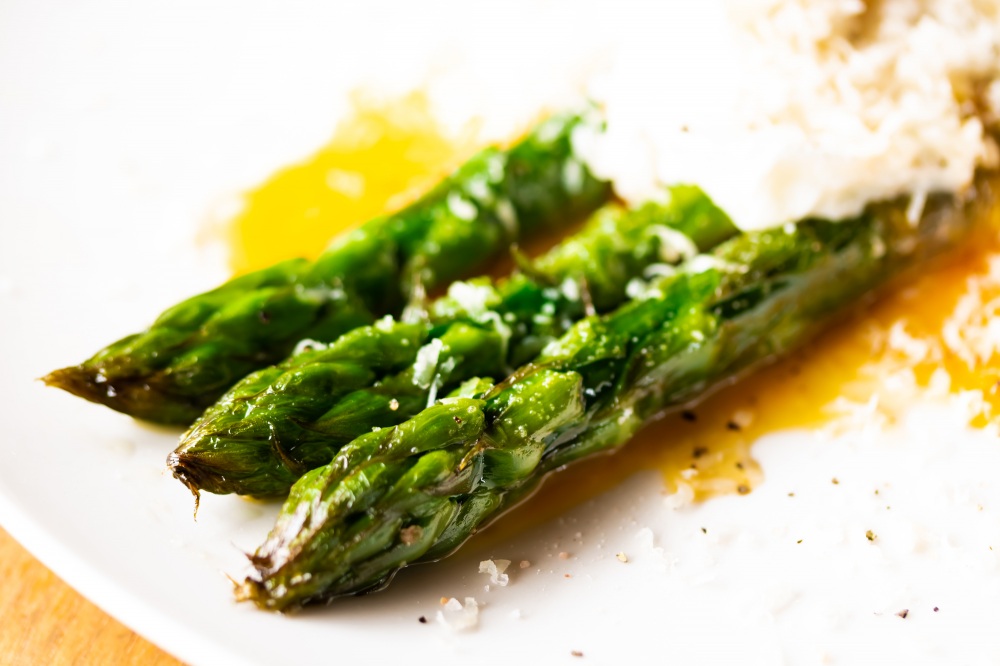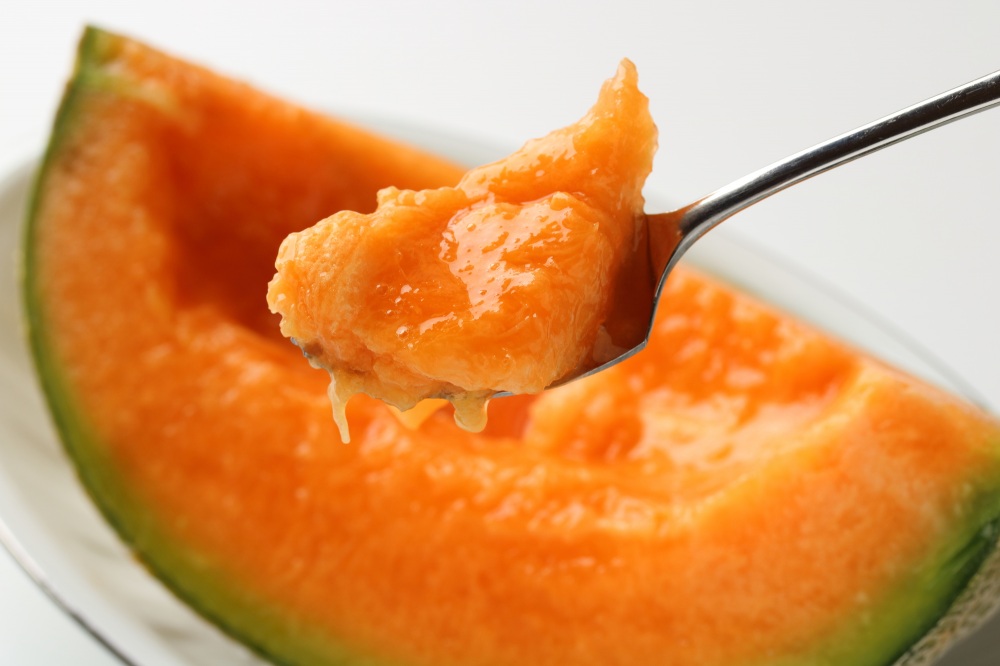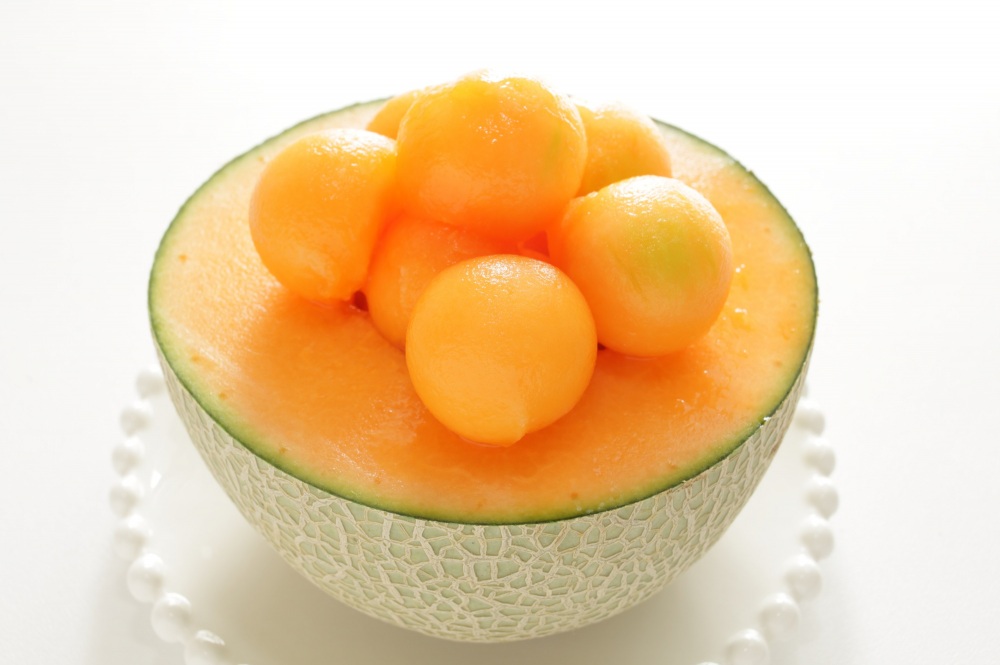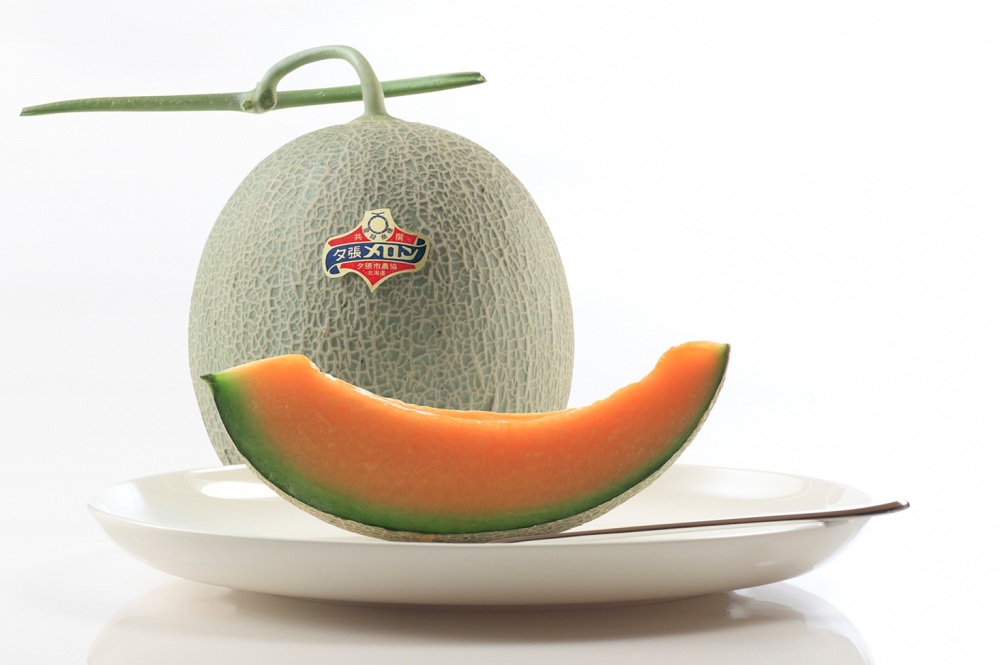Seafood and seasonal vegetables! Gourmet specialties you must try on your spring/summer trip to Hokkaido!
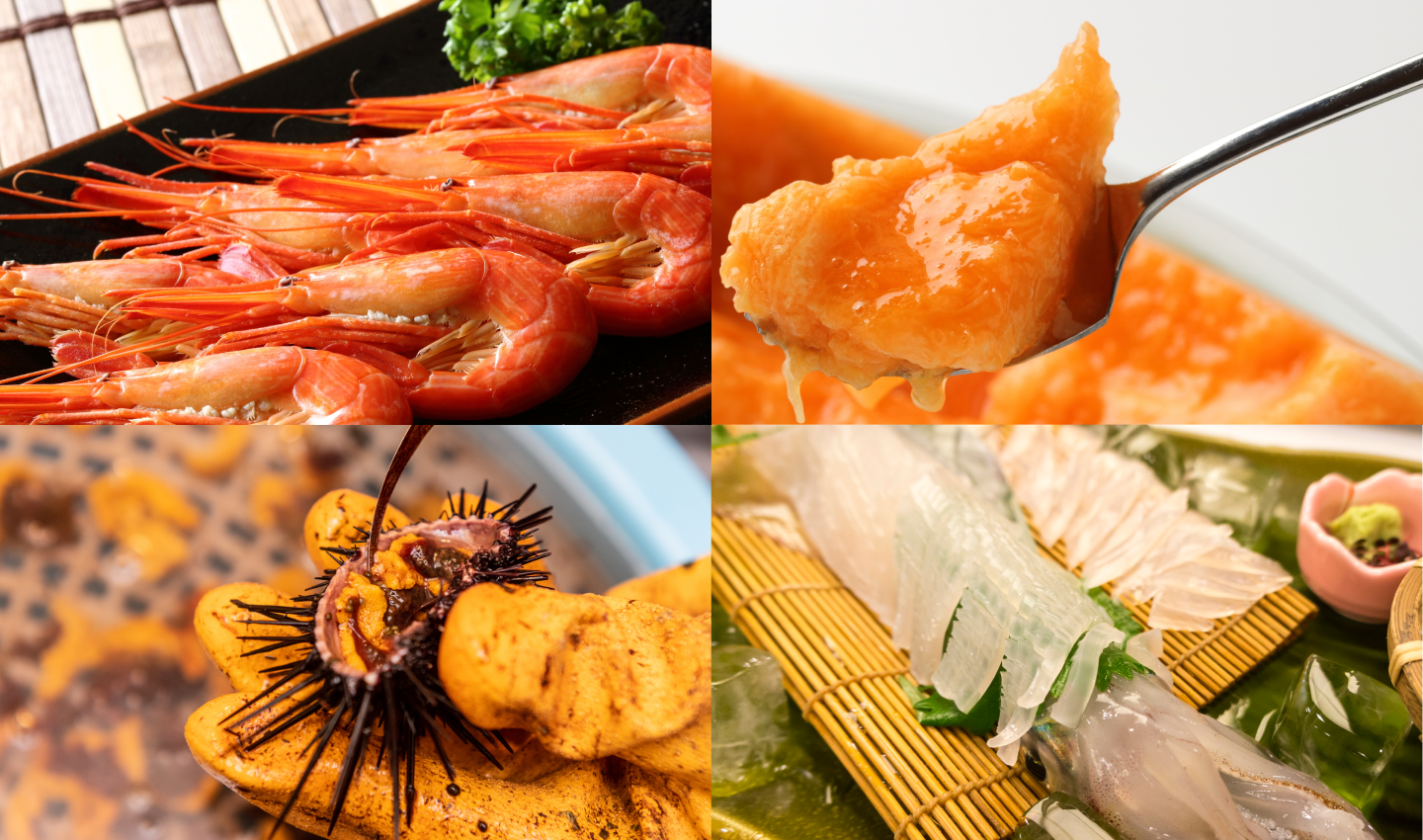
One of the most enjoyable parts of a trip to Hokkaido is the gourmet food! From seafood such as sea urchin, shrimp, and squid to agricultural products such as melons and corn, there are so many delicious summer delicacies that there is no end to the list! Hokkaido's summer season is also the best season to enjoy the great outdoors and seasonal produce!
From seafood to the bounty of the land, we will introduce Hokkaido's gourmet foods that are in season from spring to summer.
- * Please note that the text shown on this page includes machine translations.
Sea urchin that melts on your tongue! (North Hokkaido area: Rishiri and Rebun) (Central Hokkaido area: Shakotan and Hidaka)
Hokkaido is Japan's leading producer of sea urchin (uni). While uni is harvested throughout the year, summer is the best time to enjoy Kitamurasaki uni and Ezo bafun uni when they're in season! The period from mid-June to August is the prime season for uni, as they store up nutrients in preparation for spawning. While uni is landed at various ports throughout Hokkaido, the "Rishiri-Rebun" and "Shakotan" areas are particularly worth noting!
The uni from Rishiri and Rebun Islands is highly regarded as "Japan's most delicious uni."
The reason why uni from these areas is so delicious is thanks to kelp, which is the main food source for sea urchins. Indeed, Rishiri and Rebun are known for producing Rishiri kelp, which is synonymous with premium quality kelp. The uni in this region grows up eating this highly flavorful, premium kelp. The luxurious taste of this uni is sometimes described as being "almost like fruit."
Rebun Island is said to be the birthplace of "uni-don," a dish of rice topped generously with sea urchin.
This is Hokkaido's proud uni that every uni enthusiast should try!
Shakotan is such a popular area that some call it the "Holy Land of Uni." In Shakotan, there are even restaurants that specialize exclusively in uni-don. The bafun uni caught here is almost entirely consumed within the town, so to taste the exquisite Shakotan uni, you'll need to visit the Shakotan area. The rich sweetness and deep umami that you can only experience at the source is truly exceptional. You'll understand why it's called the "Holy Land of Uni."
While uni fishing typically opens in summer in most regions, the Hidaka region reaches its peak fishing season earlier, from late March to May. The "spring uni" caught during this time is filled with meat as it's pre-spawning, and the taste is exceptional.
If you "can't wait until summer!" consider visiting Hidaka.
More delicious sea urchin picking experience
In Rishiri and Rebun, you can try “sea urchin picking” for a limited time only during the summer.
You will look into the sea through “box glasses,” which are actually used by fishermen, and scoop up sea urchins you find using a ladle. The sea urchins are then cracked open and eaten on the spot.
This is a recommended experience that kills two birds with one stone, as you can try your hand at picking precious sea urchins and enjoy the freshest sea urchins you can find!
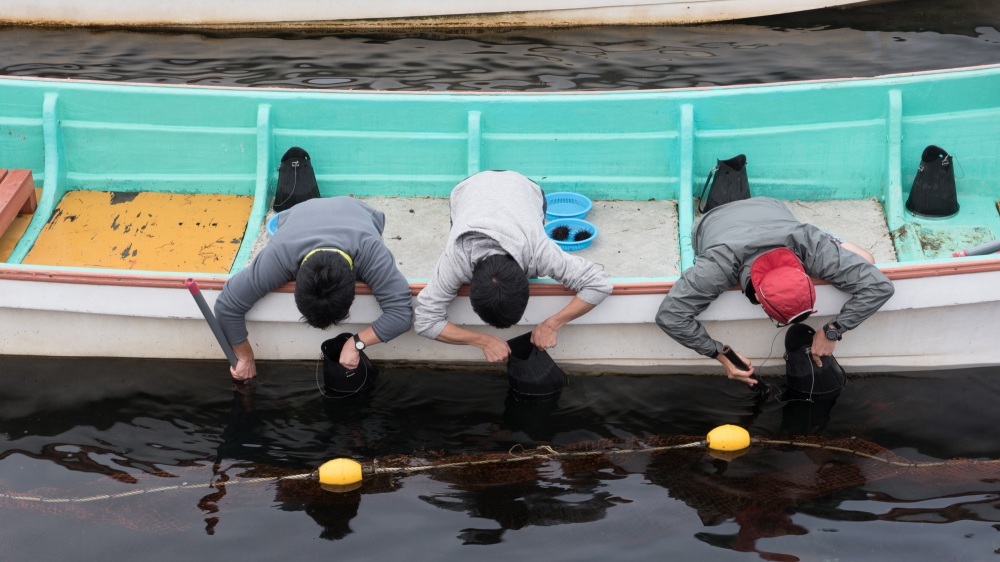
Fresh Japanese Flying Squid: Best Eaten Raw! (Southern Hokkaido Area: Hakodate)
The translucent, fresh Japanese flying squid (surume ika) is a must-try delicacy. Born off the Kyushu coast during autumn and winter, these squid migrate north in search of food. By the following summer, they reach their prime eating condition around Hakodate.
While these squid are often dried to make surume (dried squid), in Hakodate where they're available fresh, sashimi is the recommended way to enjoy them! The Hakodate style is to slice the day's catch into thin strips and serve it with ginger-infused soy sauce.
Squid is an ingredient whose taste changes dramatically based on freshness. When just caught, the squid is transparent, but gradually turns white as time passes. The transparent squid has an addictively crunchy texture! The internal organs, called "goro," are a delicacy that can only be eaten when extremely fresh. You might be surprised to see the sashimi still moving on your plate – that's how fresh it is!
Fishing Boat Lights from Mount Hakodate
While Mount Hakodate is famous as one of Japan's three great night views, did you know there's a special seasonal night view you can witness?
From summer to autumn, you can see fishing boat lights (isaribi) illuminating the sea. During peak squid fishing season, the normally dark ocean gleams with the bright lights from squid fishing boats' lamps. The "Isaribi Park" next to the summit station of Mount Hakodate is a hidden gem for viewing this unique nightscape.
Why not take a peek when enjoying Hakodate's night view?
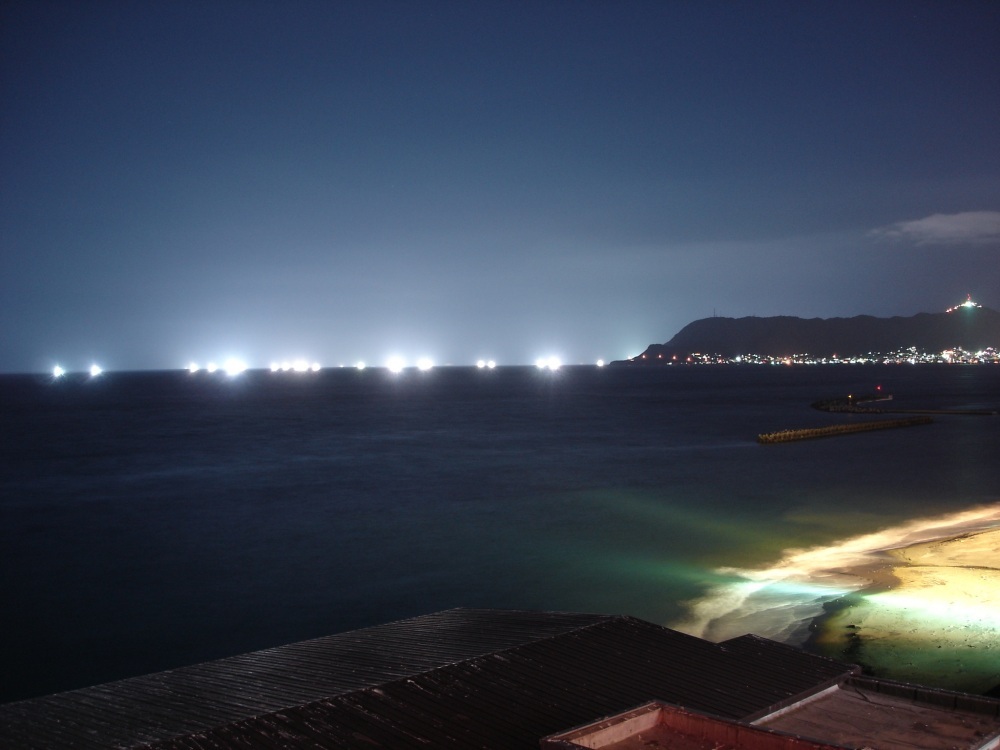
Hokkai Shima Ebi: "Ruby of the Sea" (Eastern Hokkaido Area: Betsukai Town, Odaito)
The Hokkai Shima Ebi (Hokkai striped shrimp) is a rare shrimp that can only be caught in limited areas of Hokkaido.
One of the fishing grounds for Hokkai Shima Ebi is Odaito in Betsukai Town. Here, fishermen use traditional utase-bune (sailing boats) that operate by wind power instead of engines to avoid damaging the eelgrass beds where the shrimp live. This traditional fishing method has continued since the Meiji era. The sight of these utase-bune boats gently drifting with their triangular sails filled with wind has become a symbol of Odaito and is designated as Hokkaido Heritage.
Due to their rarity, Hokkai Shima Ebi can only be caught during limited periods: summer fishing from June to July and autumn fishing from October to November. Nevertheless, those who know the taste of these shrimp, nicknamed "Ruby of the Sea," eagerly await these fishing seasons. When boiled alive, Hokkai Shima Ebi offers a firm, springy texture and an intense umami flavor. The rich, creamy shrimp paste is irresistible! During the fishing season, visitors can enjoy them as odori-gui (dancing shrimp, eaten while still moving) or as sashimi. The explosive texture and natural sweetness of the shrimp is truly remarkable.
Around Odaito, you can purchase these shrimp at fishery cooperative stores and fish shops, or enjoy them in various dishes like "Hokkai Shima Ebi Ten-don" (tempura rice bowl) at local izakayas and restaurants.
Once you taste them, you might find yourself looking forward to these bi-annual fishing seasons too.
Surf Clam: A Bundle of Umami (Central Hokkaido Area: Tomakomai, Muroran)
When you bite into a surf clam (hokki-gai), you're treated to rich umami and sweetness. This is no surprise, as surf clams are packed with amino acids, the source of umami flavor. They're also rich in minerals like taurine and iron, making them an excellent energy food for fighting fatigue.
While surf clams are relatively unfamiliar in mainland Japan, in Hokkaido they're as popular as scallops. They're enjoyed in a wide variety of dishes - not just as sashimi or sushi, but also in stews, curry, seasoned rice, and butter-grilled preparations. Along with their high-quality broth, you can enjoy their unique crisp texture. Restaurants in Tomakomai offer creative surf clam dishes like hokki rice and hokki yakisoba, with "Hokki Curry" being a signature dish at restaurants around the port.
Tomakomai, Japan's leading port for surf clam landings, is known for its large, high-quality surf clams.
Another recommendation is the "Bokoi-meshi" sold at Bokoi Station on the JR Muroran Main Line, a longtime favorite among railway enthusiasts. This unique station lunch box features surf clam rice balls packed in real surf clam shells. It's an addictive dish made with a gentle homemade taste, using no artificial seasonings or additives.
Fresh-Picked Corn (Tokibi) is Worth a Try! (Central Hokkaido Area: Sapporo and others)
Hokkaido corn (tokibi) is famous for its incredible sweetness!
Hokkaido's long daylight hours and significant temperature difference between day and night create the perfect environment for growing super-sweet corn.
Fresh-picked corn is surprisingly sweet even when eaten raw, without any bitterness, and is delicious even in salads.
Among varieties, "Pure White" corn is exceptionally sweet. Pure White corn has an amazing sugar content of 17-18 degrees Brix. Try it raw first. It's so sweet you'll wonder if it's really corn - it's almost like eating fruit. With its crisp, juicy texture and sweetness, it's known as the "phantom corn." Though its cultivation is challenging and supply is limited, its pure white appearance stands out at corn stands. If you spot it, don't hesitate to grab some.
Throughout Hokkaido, you can find corn at direct sales stores and roadside stations (michi-no-eki).
The golden rule with corn is to eat it as soon as possible after harvest, as its sweetness rapidly decreases. That's why it's particularly meaningful to taste it in Hokkaido, a major production area where you can enjoy it fresh-picked. You'll be amazed by its deliciousness!
Corn Wagons at Odori Park
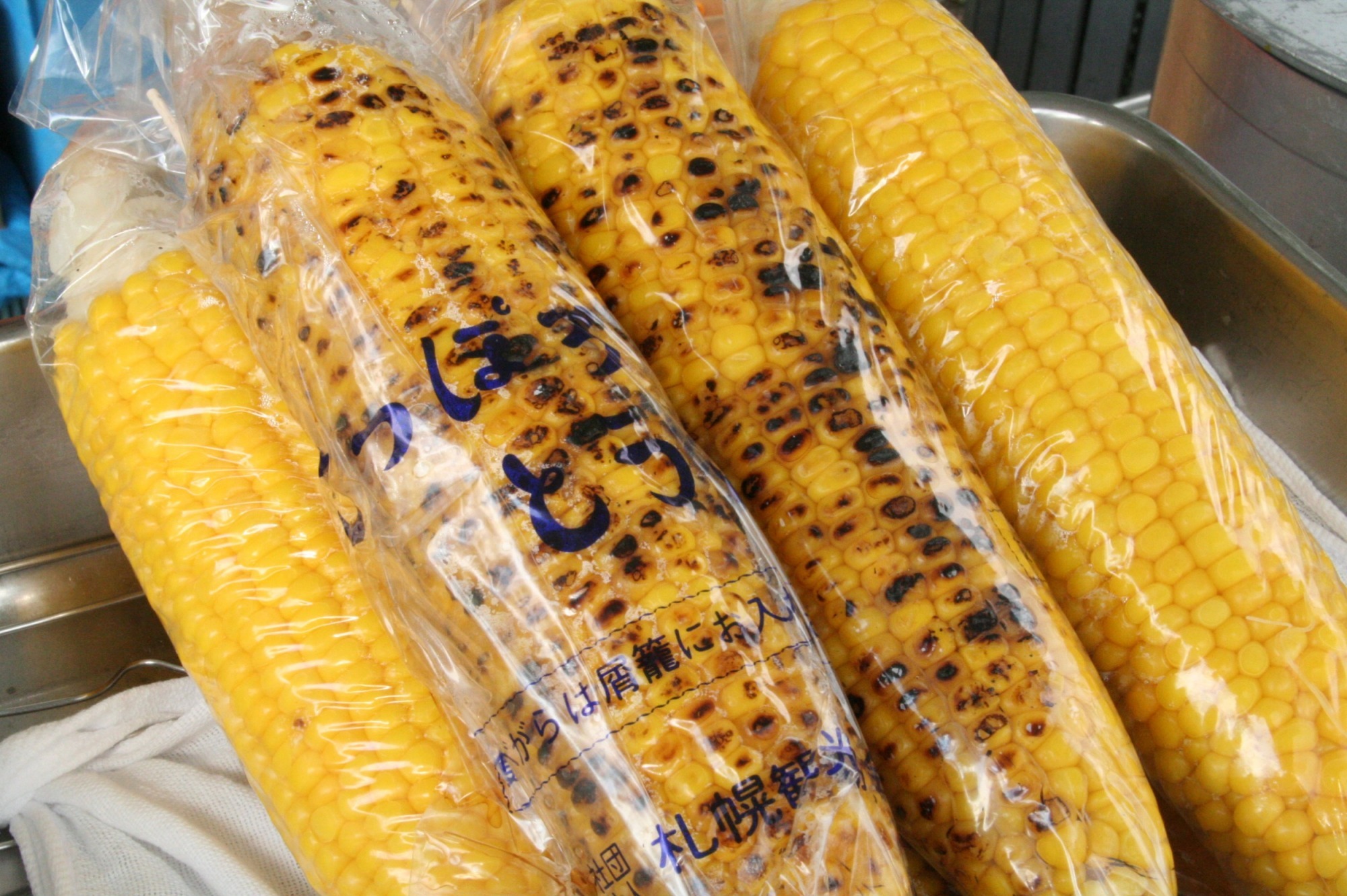
From late April to early October, the famous "tokibi wagons" appear in Odori Park.
Under the blue sky with refreshing breezes, you can enjoy grilled or boiled corn. Sitting on a bench and taking a big bite, you'll experience the gentle sweetness filling your mouth. This is the local flavor that Hokkaido natives (Dosanko) have loved for generations.
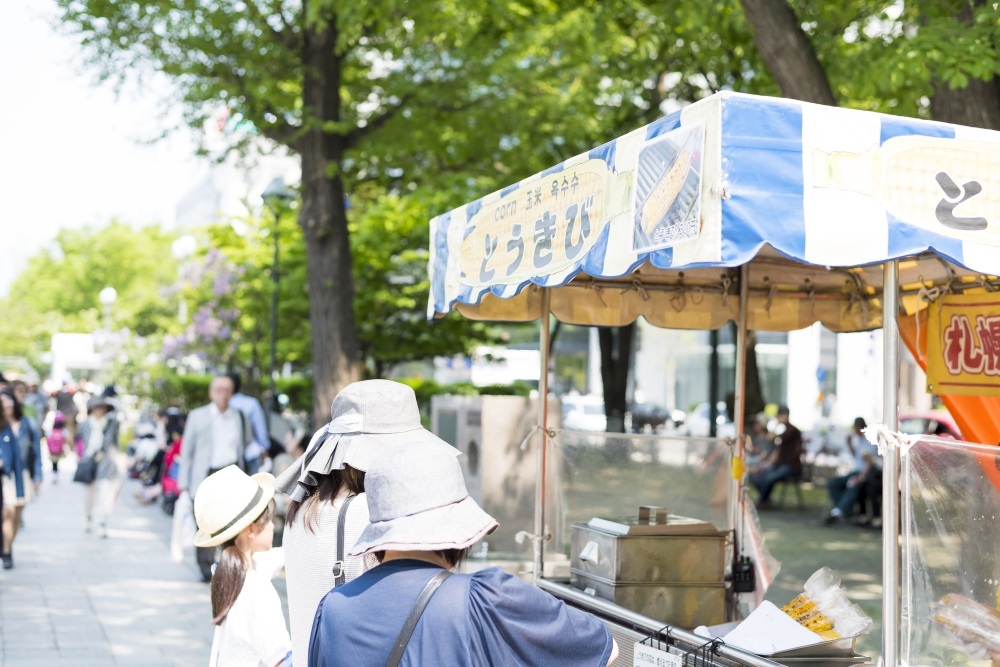
Asparagus: A Breath of Spring (Northern Hokkaido Area: Nayoro City, etc.)
Hokkaido has long maintained its position as Japan's leading asparagus producer. Hokkaido asparagus is a spring vegetable that reaches its peak season from April to June. Having stored up nutrients to survive Hokkaido's harsh and long winter, this asparagus is remarkably sweet.
Green asparagus grown in greenhouses comes into season first, while field-grown asparagus reaches its peak from mid-May to June. The early harvest offers the most concentrated flavor with a distinct sweetness. Major production areas include Furano, Biei, Bibai, and Kimobetsu. The ultimate luxury is to lightly boil the asparagus and enjoy it from the tip, watching it turn a vibrant green.
Like corn, asparagus is an ingredient that rapidly loses freshness after harvest. Fresh-picked tender and juicy asparagus is one of Hokkaido's early summer blessings. Please enjoy its firm texture and clean, delicate flavor.
Luxury Melons are a Must-Buy! (Central Hokkaido Area: Yubari)
Melons are a symbol of Hokkaido's summer, known for their delicate texture and juicy flesh.
Among the various melon varieties, the "Yubari Melon" is an absolute must when it comes to Hokkaido melons. Its exterior, completely covered with an intricate net-like pattern, seems to tell of its sweetness even before tasting. When you slip a spoon into the appetite-arousing orange flesh, juice flows out abundantly.
During peak season, cut melons are sold at direct sales stores, roadside stations, and markets, allowing you to casually enjoy this luxury sweet treat - something only possible in a production area! With their refined, premium taste, they make perfect souvenirs or gifts.
Ranking of popular articles
- Hokkaido Summer Travel Guide
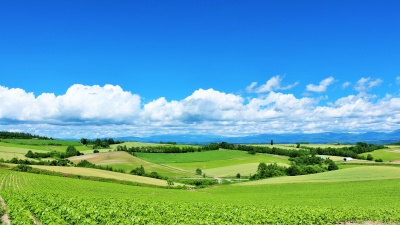
- https://www.visit-hokkaido.jp/en/feature/travelguide_summer
- Hokkaido Spring Travel Guide
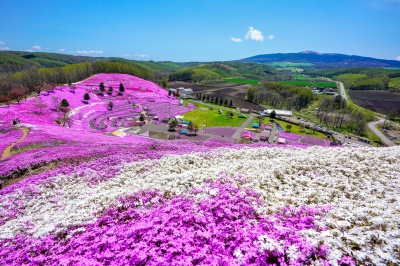
- https://www.visit-hokkaido.jp/en/feature/travelguide_spring
- Here are the recommended cherry blossom viewing spots!
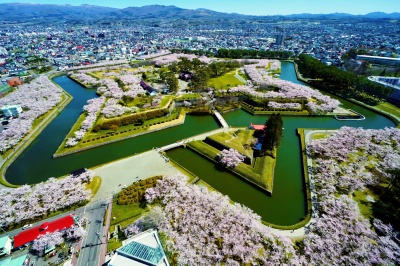
- https://www.visit-hokkaido.jp/en/feature/sakura
- Best Places to View Flowers in Hokkaido vol. 1

- https://www.visit-hokkaido.jp/en/feature/best-places-to-view-flowers-in-hokkaido-vol-1
- When is the best time to see lavender? Recommended Lavender Spots in Hokkaido
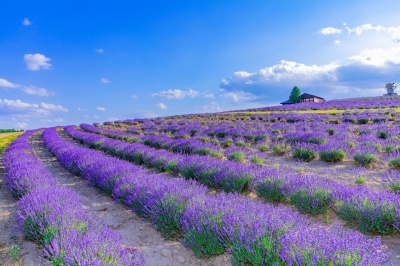
- https://www.visit-hokkaido.jp/en/feature/lavender
